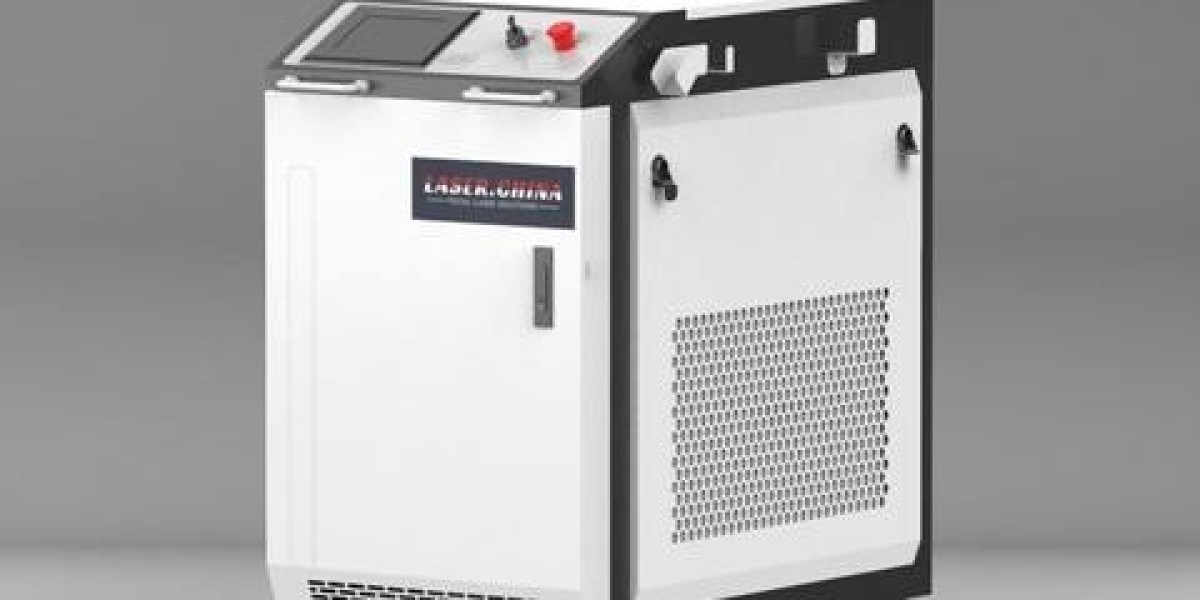Unlock the Secrets: Choosing the Perfect Lithium-Ion Battery for Your Golf Cart!
As golf carts become increasingly popular for both recreational use and transportation around golf courses, the importance of high-quality batteries cannot be overstated. Among the various options available, lithium-ion batteries for golf carts have emerged as a game-changer, significantly enhancing the performance and longevity of golf carts. Golf cart owners are now recognizing the numerous benefits these batteries offer, such as lighter weight, longer lifespan, and greater efficiency compared to traditional lead-acid batteries. However, with a plethora of choices on the market, making an informed purchasing decision is crucial. This article will explore the essential aspects of lithium-ion batteries for golf carts, helping you navigate the options and find the perfect fit for your needs.

Understanding Lithium-Ion Batteries
Lithium-ion batteries are rechargeable energy storage devices that have gained popularity in various applications, including golf carts. Unlike traditional lead-acid batteries, lithium-ion batteries boast several advantages that make them preferable for golf cart owners. One of the most significant benefits is their energy density, which allows them to store more energy in a smaller and lighter package. This means that golf carts equipped with lithium-ion batteries can achieve greater distances on a single charge, making them ideal for longer rounds of golf or extended use in other settings.
Another critical advantage is their lifespan; lithium-ion batteries can last up to ten times longer than lead-acid counterparts, resulting in lower replacement costs over time. Additionally, they require minimal maintenance—no need for regular water checks or equalization charges. The combination of these factors leads to a smoother, more reliable performance, enhancing the overall golf cart experience. Friends who have made the switch to lithium-ion batteries often rave about the increased efficiency and reduced downtime, making it a worthwhile investment for any golf enthusiast.
Key Factors to Consider When Choosing a Lithium-Ion Battery
When selecting a lithium-ion battery for your golf cart, several key factors should guide your decision. First and foremost is the battery capacity, often measured in amp-hours (Ah). A higher capacity indicates more stored energy, which translates to longer usage times between charges. It’s also essential to ensure that the battery’s voltage is compatible with your golf cart to avoid any performance issues.
Weight and size are also significant considerations. Lithium-ion batteries are generally lighter than lead-acid batteries, but they still vary in weight. This can affect the cart’s balance and handling, so it’s crucial to choose one that fits well within the cart’s specifications. Additionally, understanding the discharge rates of the battery can impact performance, particularly during heavy acceleration or hilly terrain. A friend of mine who recently upgraded his golf cart emphasized how selecting the right capacity and discharge rate improved his cart's responsiveness, making his rounds much more enjoyable.
Comparing Different Types of Lithium-Ion Batteries
There are several types of lithium-ion batteries available for golf carts, including prismatic, cylindrical, and pouch cells. Each type has its unique characteristics, pros, and cons. Prismatic batteries are known for their compact design and efficient use of space, making them popular for golf carts where space is limited. However, they may be more expensive due to their manufacturing process.
Cylindrical batteries, on the other hand, are robust and widely used in various applications. They typically offer good performance and longevity but may take up more space than prismatic options. Pouch cells are lightweight and flexible, allowing for innovative designs, but they might be less durable compared to the other types. Evaluating these options and considering how they align with your specific needs and golf cart requirements can help you make an informed choice. Friends who have experimented with different battery types often share varying experiences, underscoring the importance of understanding each type’s strengths and weaknesses.
Installation and Maintenance Tips
Proper installation and maintenance are essential for the longevity of your lithium-ion battery and the overall performance of your golf cart. Start by ensuring that the battery compartment is clean and free of debris before installation. Following the manufacturer’s guidelines for installation is crucial to avoid any potential issues. It’s also wise to wear safety gear, such as gloves and goggles, during the installation process to protect yourself from any accidental sparks or debris.
For maintenance, lithium-ion batteries require less attention than lead-acid batteries, but there are still best practices to follow. Regularly checking for any signs of damage and ensuring the battery terminals are clean can help maintain optimal performance. Charging practices are also important; using a compatible charger and avoiding overcharging can extend the battery's life. If any issues arise, troubleshooting common problems, such as charging failures or performance drops, can often be done by consulting the user manual or reaching out to a professional. A friend who owns a golf cart shared that adhering to these maintenance tips significantly improved his battery's performance and longevity, allowing him to enjoy countless rounds of golf without worry.
Making the Right Choice for Your Golf Cart Battery
In summary, choosing the right lithium-ion battery for your golf cart is a vital decision that can significantly impact performance, efficiency, and overall enjoyment. By understanding the advantages of lithium-ion technology, considering critical factors such as capacity, voltage, and weight, and comparing different types of batteries, you can make an informed choice. Additionally, following proper installation and maintenance practices will ensure your investment pays off in the long run. With the right battery, you’ll be well on your way to enhancing your golf cart experience, allowing you to focus on what truly matters—enjoying your time on the course.







